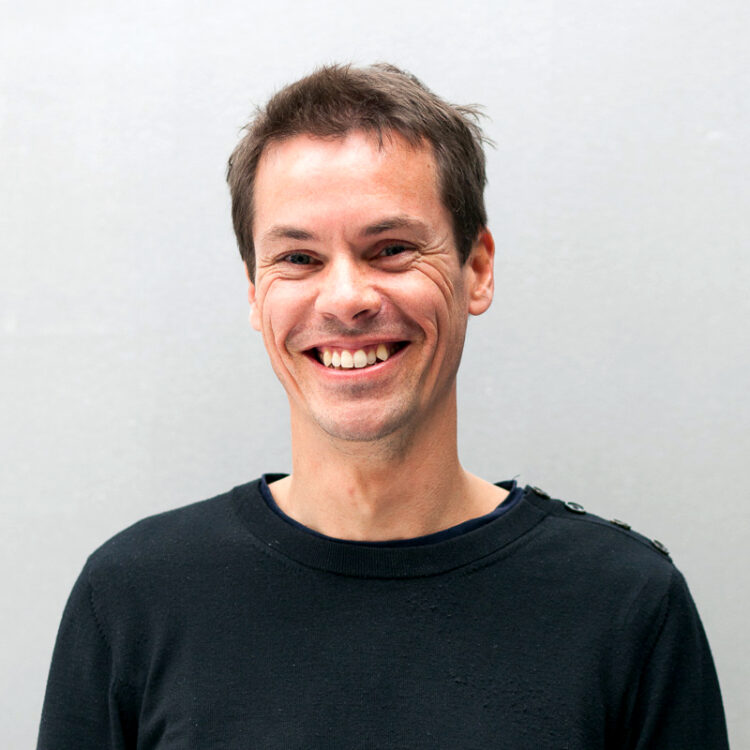
Building without building services part 3: daylight
Stimulate instead of simulate
Part 3 in a series of articles about building without building services. Here you can find part 1 and part 2.
Recently I was in a nursing home where they showed me proudly the renewed living room. A dynamic lighting system mimicked the cycle of natural daylight. The residents would become much more active thanks to it!
That is true, but why then are the windows so small? And why don’t you ensure that these people go outside every day? We compensate the minimal care and errors in buildings with expensive, energy consuming technology. All this while daylight is available freely every day.
Daylight and the human body
We spend nearly the whole day inside. It already starts in the morning sitting in the car or train, aftwer which we spend the biggest part of the day in a building with very neutral artificial lighting. We simply do not experience daylight and the natural diurnal cycle much, while our body has a need for high levels of light and changing daylight dynamics. We react strongly to that daylight and there is a strong tuning with our daily biological processes.
Our body goes through a cycle of 24 hours, called the circadian cycle, and makes various chemicals as a reaction to daylight. Chemicals that allow for a peak in concentration, coordination, reaction speed, physical strenght and finally for relaxation. Especially blue light is influential in this; it gives us the kickstart in the morning, when we wake up and get focused. In the afternoon our coordination and reaction speeds increase and at the end of the afternoon we are at our strongest. When there is little blue light, in the evenings and at night, melatonin in our body causes us to relax again and fall asleep easily.
Not disturbing the biorythm, but using it
Not surprisingly, most sleeping problems are therefore connected to looking at the blue screens of our tablets and phones at late hours of the day. Disturbing the natural cycle can quickly lead to sleep and mood problems and even to depression.
All this while the human biorythm funcitons well naturally, with the 24-hour cycle and various peaks and valleys that form part of physical and mental activity. Peaks that can be excellently used for making different things happen.
Sadly, in practice we see just the opposite happening: light is deliberately used to make people alert again, disturbing the circadian rythm. Dynamic light systems that can improve concentration with blue light are proudly used in many spaces. At schools, classes get different light temperatures by following the principle: “Need more concentration? We just make the light more blue.”
This, of course, is an absurd thought. We should use the natural rythm and base various activities on that instead. Let children do thought-based activities that require concentration in the morning and let them do more manual work in the afternoon, such as crafting and drawings. End the day with gymnastics, as that is when children are physically at their best. Just a matter of right timing.
Daylight in architecture is craftsmanship
It is therefore crucial to make use of daylight much more. Nearly a century ago the importance of ‘light, air and space’ in buildings was understood and new technologies enabled us to put those principles into practice. Duiker built his Open Air School and twenty years later Jacobsen designed the Munkegaard School in Denmark. Beautiful examples of good usage of daylight in buildings.

Architects have to use their craftsmanship again to get daylight in a controlled manner into buildings. Sufficient light to work or learn well, while having a view out to experience the changing climate and environment. But prevent heat accumulation or glare such as on digiboards at schools. Architecture is also about playing with light; it is craftsmanship. We have all the architectural tools at hand to make an environment that is healthy and comfortable, without using artificial light. Even more, such an environment is many times better than static interior climates that we now offer to our children and employees.
Architects that possess full knowledge of their field can play that game of decision-making and make the right choices for each situation. Looking for the proper balance between architectural solutions and support from technology.
Building without building services
Lots of daylight and a view out, combined with fresh air and a dynamic environment. These kinds of factors make people aware of what happens around them and therefore happier and healthier. In the next article we investigate buildings in which natural elements, aided by (or without!) technology are utilized inspiringly, creatively and innovatively.
- Author
- Aldo Vos, Architect-director Broekbakema
- Images
- Daylight House of Takeshi Hosaka, Munkegaard School of Arne Jacobsen
We are happy to tell you more.

- ir. Aldo Vos
- Architect director